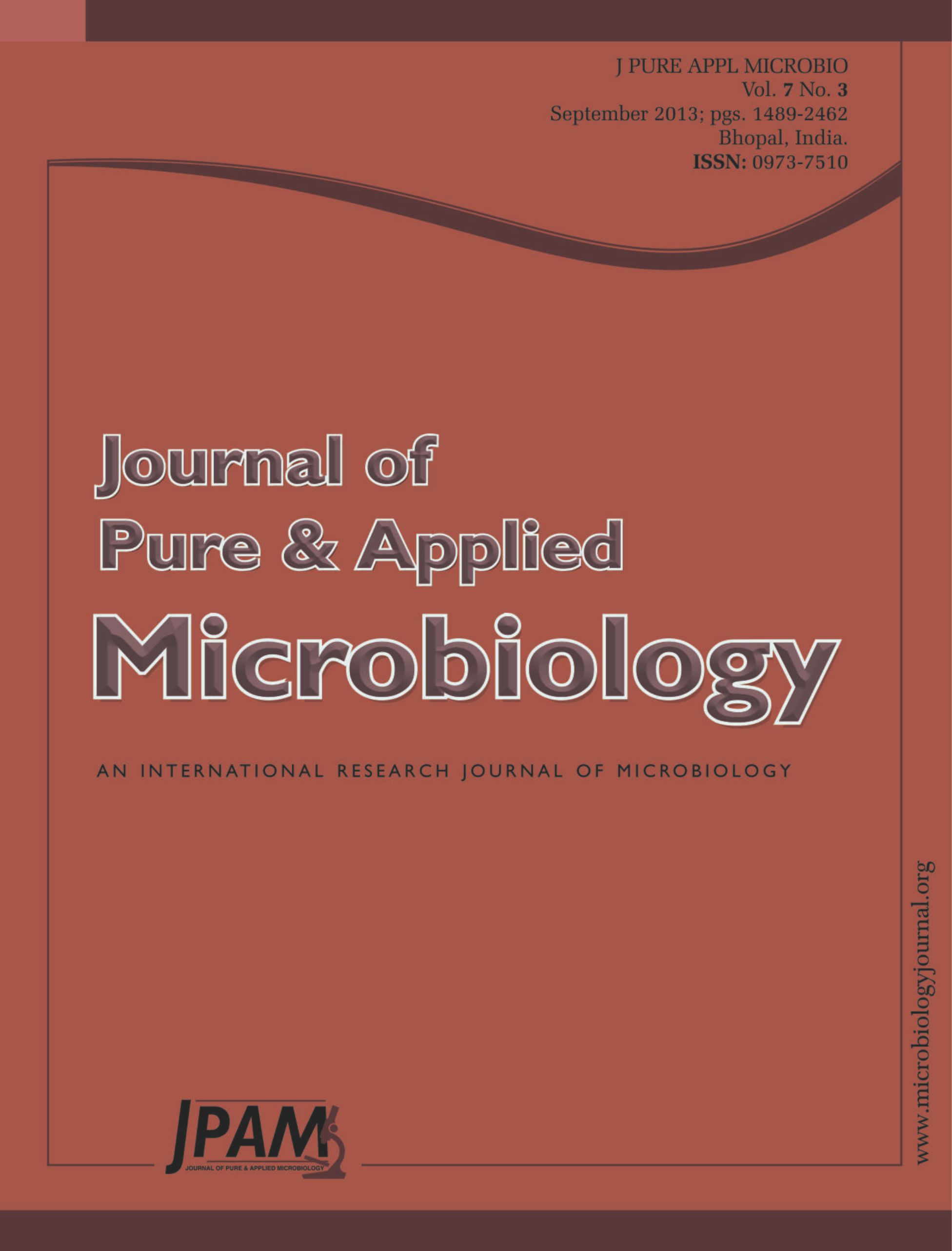The analysis of phospholipids fatty acids (PLFAs) provides us a way to distinguish microorganisms at molecular level. Four diesel-degraded bacteria strains isolated from oil-contaminated soils of Shengli oilfield at Yellow River Delta were investigated for PLFAs profiles. All fatty acids, identified by gas chromatography-mass spectrometry (GC-MS), were ranged from 12 to 19 carbon atoms. The PLFA patterns of the bacterial strains were quite different, based on visual observation of the chromatograms. The dominant PLFAs of the four strains were even-numbered saturated acids (C16:0) and monounsaturated acids. Moreover, C18:2w6c,9c fatty acid was also major component in B3. They were all Gram-negative bacteria according to the analysis of PLFAs, it was consistent with the result of Gram stain. The polyunsaturated PLFA 18:2w6,9 was used as a fungal biomass indicator, it was verified in this study. The content of frans-fatty acids in B1, B2, B4 were all greater than 40%, so we deduced the three strains belonged to aerobic prokaryotes.
PLFA, GC-MS, Oil-degraded bacteria, Biomarker
© The Author(s) 2014. Open Access. This article is distributed under the terms of the Creative Commons Attribution 4.0 International License which permits unrestricted use, sharing, distribution, and reproduction in any medium, provided you give appropriate credit to the original author(s) and the source, provide a link to the Creative Commons license, and indicate if changes were made.


